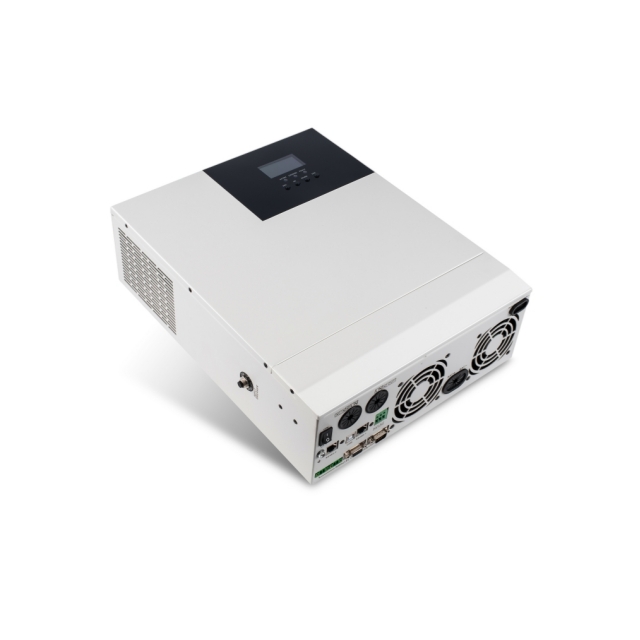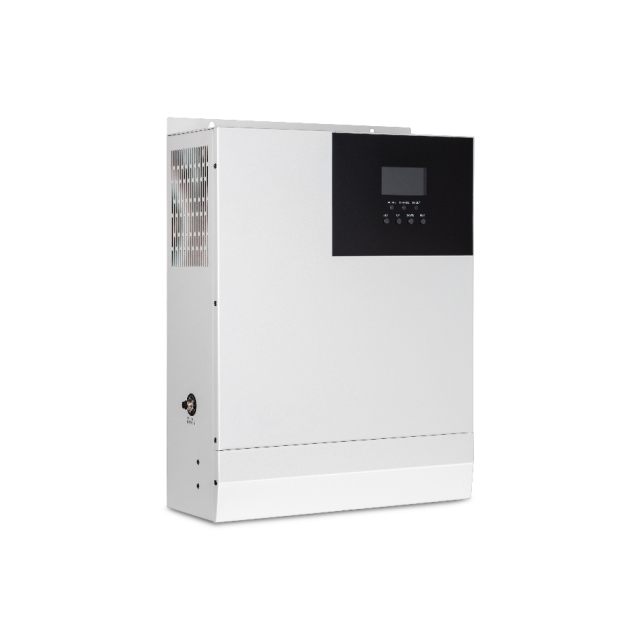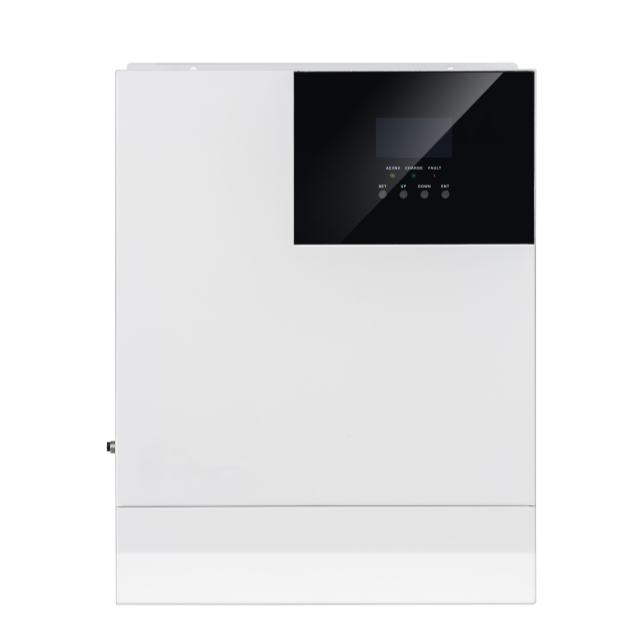Author:BLD Solar Energy SystemFROM:Solar System Converter Manufacturer TIME:2023-10-13
Installing and Utilizing an Off-Grid Solar System Without Batteries

With the increasing demand for renewable energy sources, many individuals are turning to off-grid solar systems as a viable alternative to traditional power grids. These systems harness the power of the sun to generate electricity, eliminating dependence on fossil fuels and reducing carbon emissions. While most off-grid solar systems use batteries to store excess energy, there is an alternative approach that does not require battery storage. In this article, we will explore the installation and utilization of an off-grid solar system without batteries.

Before delving into the installation process, it is essential to have a basic understanding of how an off-grid solar system works. Solar panels capture sunlight and convert it into direct current (DC) electricity. This DC electricity is then fed into an inverter, which converts it into alternating current (AC) electricity, suitable for powering household appliances. In a batteryless system, any excess electricity not used immediately flows back into the grid or is dissipated.

One crucial step in installing an off-grid solar system without batteries is accurately calculating your energy needs. Determine the total wattage consumption of your appliances and lighting, considering both peak and average usage. This calculation will help you determine the size and number of solar panels required to meet your energy requirements.
Choosing the right solar panels is vital for the effectiveness of your off-grid system. Consider factors such as efficiency, durability, and warranty when making your selection. Monocrystalline and polycrystalline panels are the most commonly used options, each with their advantages and disadvantages. It is recommended to consult with a solar professional to determine the best panel type for your specific needs.
The installation of solar panels typically involves mounting them on the roof or a ground-based structure. Ensure that the panels are positioned to receive maximum sunlight throughout the day without any shading obstructions. Follow the manufacturer's instructions carefully while installing the panels and make any necessary electrical connections as per local regulations and safety guidelines.
Since an off-grid system without batteries does not store excess energy, selecting an appropriate inverter is crucial. Look for inverters that have high conversion efficiency and are compatible with your system's voltage requirements. Grid-tie inverters or microinverters can be suitable choices for batteryless systems, allowing the surplus electricity to be fed back into the grid.
When installing and utilizing an off-grid solar system, safety should be a top priority. Ensure that all electrical connections are properly insulated and protected from environmental factors. Use surge protectors and disconnect switches to prevent any damage to equipment during power surges or maintenance. Regularly inspect the system for any signs of wear or malfunction.
Monitoring your off-grid solar system is essential to ensure its optimal performance. Keep track of energy production and consumption using monitoring tools provided by the manufacturer or third-party software. Additionally, perform routine maintenance tasks such as cleaning the solar panels, checking connections, and replacing any faulty components to maximize system efficiency.
There are several benefits to installing an off-grid solar system without batteries. It allows for the utilization of clean, renewable energy while reducing electricity costs. Additionally, it eliminates the need for battery replacements, reducing overall maintenance expenses. However, it is essential to consider potential limitations, such as limited power availability during cloudy days or at night.
Installing and utilizing an off-grid solar system without batteries is a feasible option for those seeking to embrace renewable energy. By understanding the basics, accurately calculating energy needs, selecting suitable equipment, ensuring safety, and performing regular maintenance, individuals can effectively harness the power of the sun to meet their energy requirements. As technology advances, off-grid solar systems continue to evolve, providing a sustainable and reliable source of electricity.
